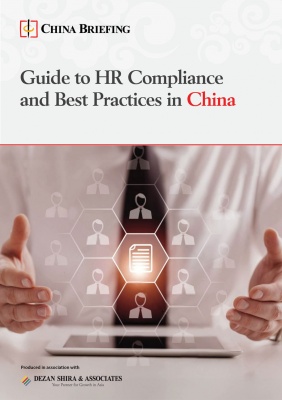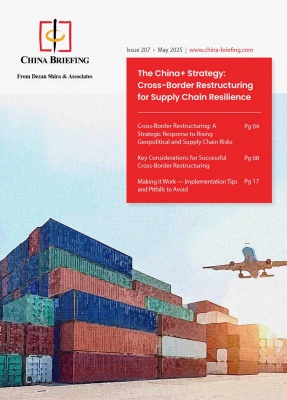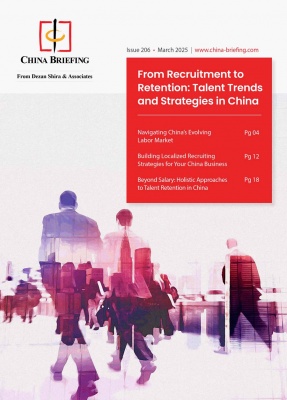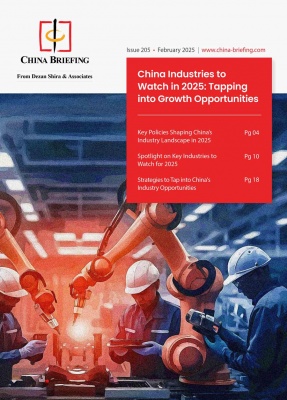Malaysia Eyes Trade Growth with China, Thailand via Rail and Port
Faced with rising global shipping uncertainties and the urgent need for supply chain resilience, Malaysia is taking bold steps to reconfigure its trade infrastructure. A major inland port in Perlis and enhanced rail connectivity with Thailand and China signal a strategic shift from maritime-dominated logistics toward integrated land-based routes.
This pivot reflects Malaysia’s broader ambition to become a regional logistics hub capable of handling increased volumes of goods moving between ASEAN and China, and even onward to Europe, through faster, more cost-effective, and sustainable channels.
A new inland port to anchor northern trade
The Perlis Inland Port (PIP), strategically located in Chuping, close to the Padang Besar border with Thailand, is at the heart of Malaysia’s infrastructure transformation. Backed by 492 million ringgit (US$112 million) in investment, the port is designed to become a dry port capable of handling up to 300,000 TEUs per year upon Phase 1 completion by Q3 2025.
This is twice the current capacity of the Padang Besar station, underscoring its role as a major throughput hub for northern Peninsular Malaysia. PIP will house cargo consolidation, customs clearance, halal logistics facilities, and cold chain storage, making it especially attractive for agrifood, electronics, and time-sensitive exports.
The inland location also means reduced reliance on coastal ports like Port Klang and Penang, which are increasingly facing congestion. It opens new opportunities for manufacturers in Kedah, Perlis, and southern Thailand to streamline export routes via rail.
Reviving Malaysia–Thailand rail logistics
To support inland port operations, Malaysia and Thailand are upgrading cross-border rail links. A major development is the double-tracking of the 45 km Hat Yai–Padang Besar rail segment, for which Thailand has committed 6.6 billion baht (US$190 million). The upgrade will enable over 20 freight trains per day, significantly boosting capacity compared to the current limited operations.
This not only enhances domestic trade mobility but also links Malaysia into a wider regional rail grid, including Thailand’s rail-to-Laos project, and eventually China.
Seamless trade with China via the Pan-Asia Railway Network
Malaysia’s efforts are closely tied to the broader Pan-Asia Railway Network, which seeks to connect China to mainland Southeast Asia by rail. The China–Laos Railway, operational since late 2021, forms the spine of this overland corridor.
Malaysia is already benefiting from this integration. In June 2024, the ASEAN Express — a freight service from Selangor to Chongqing — began operations, offering delivery times of just eight days across the China–Laos–Thailand–Malaysia rail axis. This route is now being expanded to include stops at Perlis, enabling faster connections to the inland port.
This network provides an alternative to ocean shipping through the South China Sea or the Red Sea, both of which are experiencing instability. The overland route particularly benefits Malaysian exporters of Halal-certified products, fresh produce, and industrial components seeking speed and reliability in their delivery timelines.
Economic impact on Northern Malaysia and ASEAN integration
Malaysia and Thailand have set a bilateral trade target of US$30 billion by 2027, and logistics integration will be key to achieving this. The inland port and rail upgrades are expected to generate strong economic multipliers in the northern states, creating new jobs, SME growth, and warehousing demand.
This infrastructure also strengthens Malaysia’s Northern Corridor Economic Region (NCER) agenda, which focuses on turning Perlis, Kedah, Penang, and Perak into high-productivity logistics and manufacturing clusters.
For ASEAN more broadly, these links offer deeper integration and reduced non-tariff trade barriers. Rail customs harmonization, standardization of documents, and synchronized inspections are being explored to enable smoother movement of goods.
Multimodal synergy and export diversification
Crucially, the Perlis Inland Port is not just a rail project, it is designed to integrate with multimodal logistics, including road haulage, feeder services to Penang Port, and potentially future linkages to air cargo hubs in Kedah and Penang.
This provides Malaysian exporters with flexibility in choosing the fastest or most cost-effective mode of transport. Exporters in the electronics, automotive, palm oil, and Halal food sectors can diversify supply chains away from high-risk maritime chokepoints, boosting resilience.
Overcoming policy, operational, and competitive barriers
Malaysia still faces significant hurdles. Rail infrastructure investment must remain on schedule. Cross-border harmonization with Thai customs and border authorities must accelerate. Issues such as different rail gauges, customs bottlenecks, and inconsistent operating standards could delay full integration.
Competition from Singapore’s Tuas Port, Vietnam’s deepwater ports, and Indonesia’s Patimban and Batam hubs is also intensifying. Malaysia will need to combine infrastructure investment with strong policy execution and trade facilitation reforms to maintain a competitive edge.
Outlook: From vision to execution
Malaysia’s infrastructure moves come at a time when global trade flows are being reconfigured due to geopolitical tensions, climate risks, and digital disruption. The Perlis Inland Port and associated rail networks offer a strategic solution, not just to Malaysia’s logistical bottlenecks, but also to ASEAN’s long-standing need for integrated inland trade corridors.
If effectively implemented, Malaysia could become a major gateway for Chinese, Thai, and intra-ASEAN cargo, reshaping how goods move across the region and strengthening Malaysia’s role in global value chains.
This article first appeared on ASEAN Briefing, our sister platform.




















